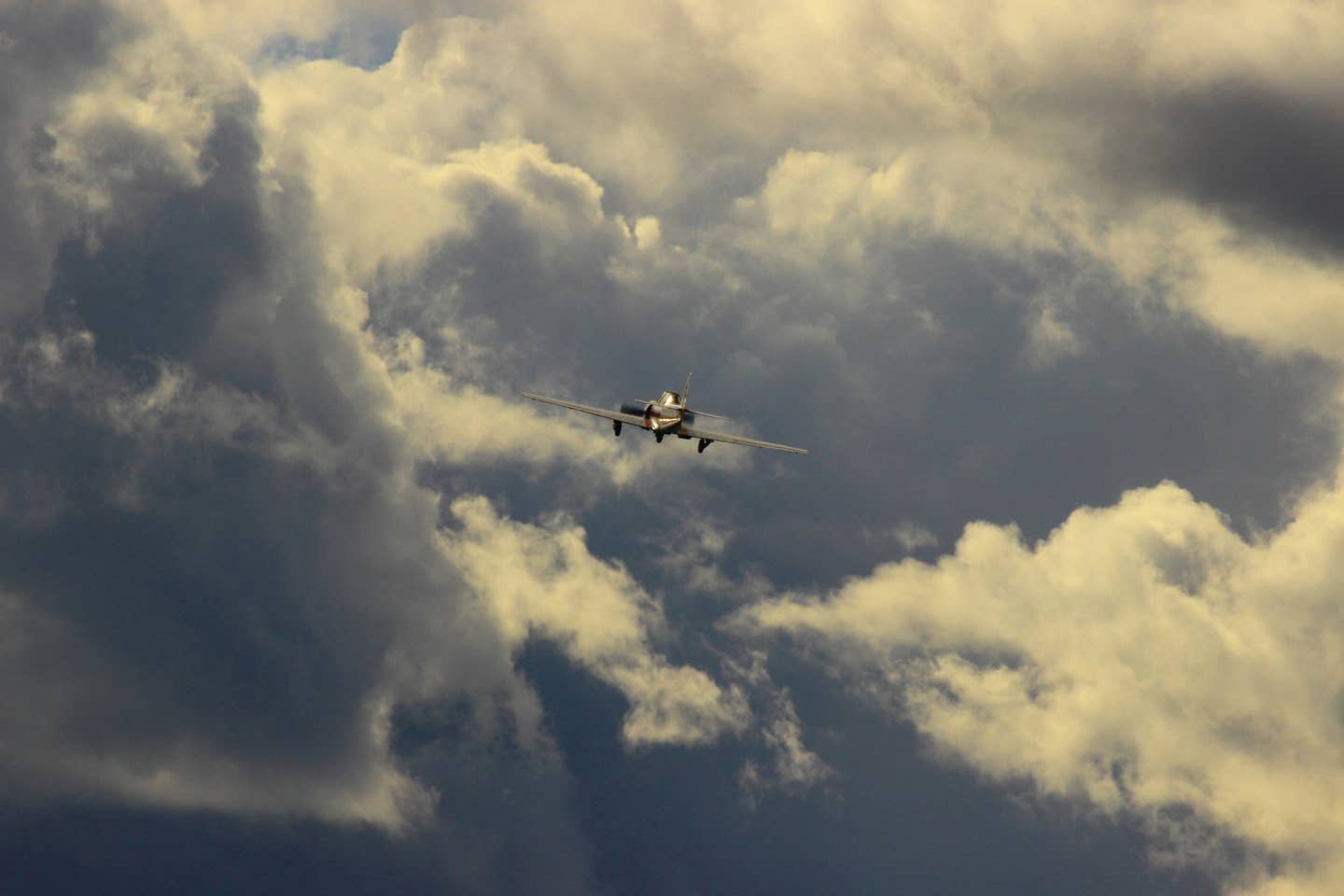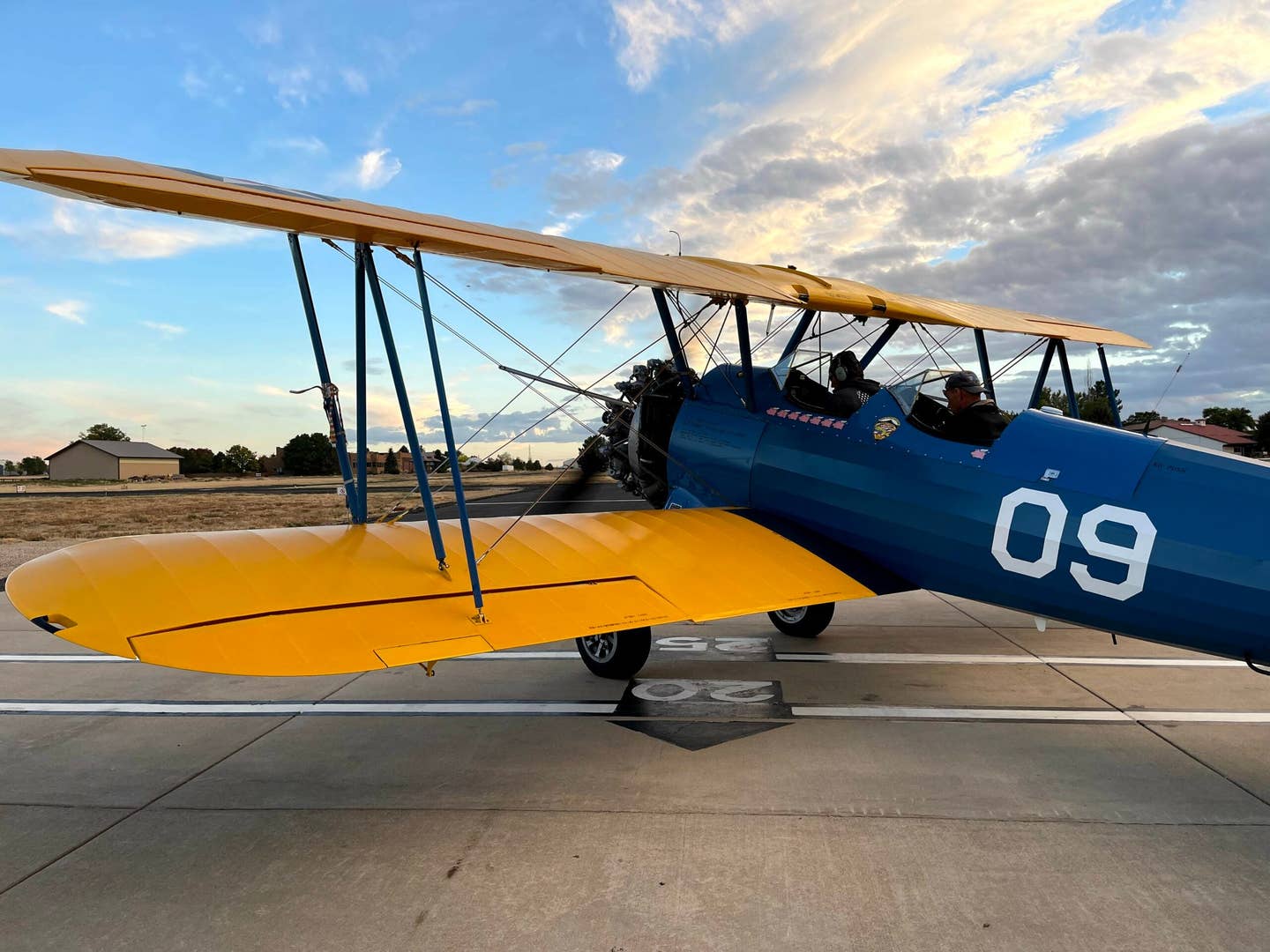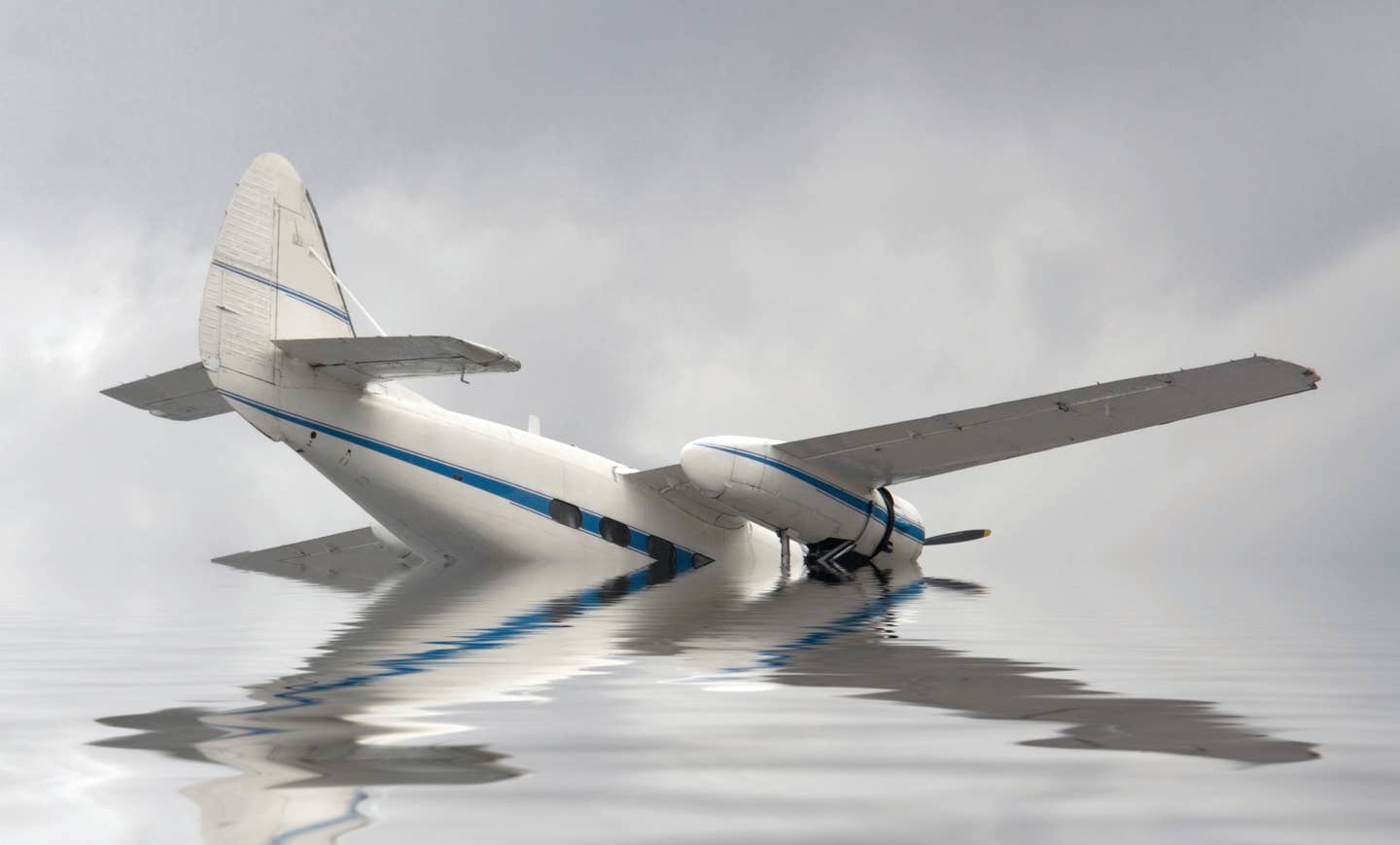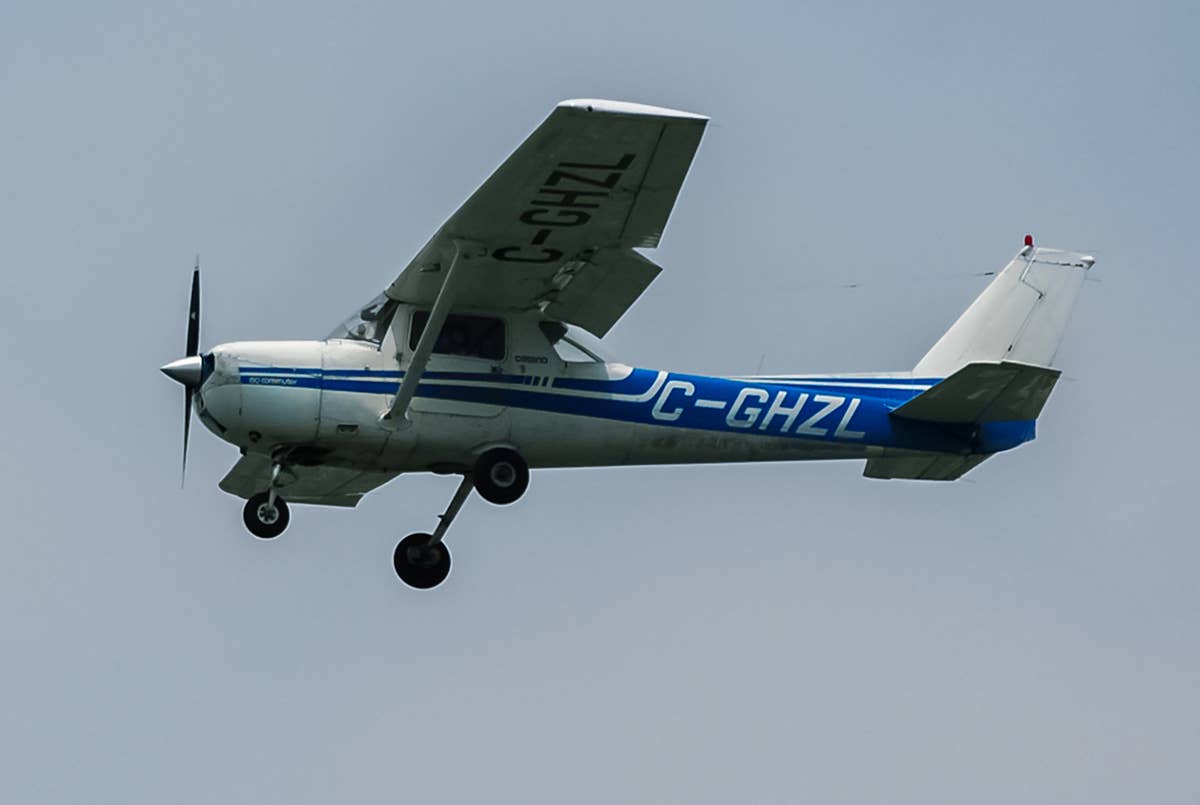Who Is Teaching? Low Time and Social Media Make for a Bad Combo
Fatal Piper accident in Kentucky provides a sobering message about CFIs and the training of future pilots.

The aviation community has been buzzing lately about a fatal accident in Kentucky in September that took the life of a 22-year-old instructor and an 18-year-old learner. [iStock]
One of the most talked about challenges at the NAFI Summit in October in Lakeland, Florida—which attracted several hundred current and aspiring instructors— was how to sustain quality flight instruction when the majority of those who hold current CFI certificates are building time, geared toward advancing to the airlines.
During the summit, I shared a table with David St. George, designated pilot examiner and executive director of the Society of Aviation and Flight Educators. St. George noted that most flight instructors teach for about a year before they move on. They often train through accelerated programs, where the goal is to meet the requirements and pass the check ride in as little time as possible. This “hurry-up-and-get-it-done” model is repeated by these instructors. Stereotypical behavior includes “check-the-box instruction,” where the flight is performed to meet the certificate requirements. Other behaviors include a minimum of ground time spent with the learner and pushing weather boundaries and learner fatigue levels to keep the Hobbs meter running.
If you're not already a subscriber, what are you waiting for? Subscribe today to get the issue as soon as it is released in either Print or Digital formats.
Subscribe NowThe aviation community has been buzzing lately about a fatal accident in Kentucky in September that took the life of a 22-year-old instructor and an 18-year-old learner. The event gathered a lot of attention online because the CFI, who had a pronounced social media presence, chronicled the flight through Snapchat in a series of public remarks demeaning the learner. The CFI’s last post documented the line of thunderstorms they flew into that ultimately tore the aircraft to pieces.
According to the preliminary report from the National Transportation Safety Board (NTSB), on September 27, CFI Timothy McKellar Jr. and private pilot candidate Connor Quisenberry intended to fly a Piper PA-28-161 from Owensboro/Daviess County Regional Airport (KOWB) on a VFR flight plan to Bowling Green-Woodhurst Airport (KBWG). The Snapchat story begins with McKellar talking to the camera and shaking his head along with a caption disparaging the student. Then the camera angle reverses to show Quisenberry, flashlight and checklist in hand, performing the preflight inspection of the Warrior.
- READ MORE: Practice Crosswind Landings Whenever You Can
McKellar shows himself drumming his fingers on the outside of the airplane and expressing impatience with Quisenberry who “wanted to have a conversation” when McKellar wants to get the flight over with because he has to be up at 4:30 a.m. The time stamp of the Snapchat shows 8:39 p.m. as McKellar is heard saying, “C’mon.” They have a three-hour flight ahead.
McKellar’s comments, along with FlightAware’s capture of nine takeoffs and landings at the destination airport, seem to indicate this flight was intended to meet the night training requirement for the private certificate. The NTSB report did not indicate if either McKellar or Quisenberry obtained a weather briefing prior to the flight. A review of TAFs and METARs from the area shows a probability of convective activity, including warnings of lightning “in all quadrants.” Given this information, the decision to make the flight at all is puzzling.
According to social media posts, McKellar did most of his training at ATP, the largest accelerated training program in the U.S. He held CFI, CFII, and MEI certificates. Some graduates of accelerated programs may not know how to teach beyond the test because that’s how they were trained. They exhibit rote learning rather than understanding and application. Correlation—the level of learning that requires the learner to perform real-world tasks and exhibit in-depth knowledge—is often missing in these cases.
The Snapchat video continues showing the night takeoff and some moments in cruise flight. McKellar’s decision to record the takeoff—one of the critical moments of flight—also raised a few eyebrows among experienced instructors because that’s when things can go wrong quickly.
At 22:15, approximately one hour after takeoff, McKellar posted an annotated weather image from a mobile-device-based aviation navigation tool. The image shows the airplane’s position northwest of Bowling Green, along with the planned route of flight back to KOWB. Radar imagery was also displayed in the image, marked with a circle around the flight track and nearby returns, and a comment from McKellar about the storms approaching like “pissed-off hornets.” The storms are approximately 15 miles away.
The NTSB report includes a screen grab of the post with attention called to the location of the approaching storms, airplane’s position (blue airplane icon), planned route of flight (magenta line), and depicted imagery with the storms circled in red on either side of the route line.
ATC warned of heavy to extreme precipitation to the aircraft’s 9 o’clock. ADS-B data showed that the airplane continued its northwesterly course, and FlightAware displayed some extreme altitude fluctuations. About two minutes later, McKellar requested an IFR clearance. ATC told them to head east. McKellar advised ATC that the airplane was “getting blown around like crazy.” The airplane’s flight track showed a turn to the northwest, followed by a right circling turn. The controller reiterated the heading of 090 degrees. McKellar replied that they were in “pretty extreme turbulence.”
There were no further comms. The last ADS-B position was recorded at 22:49 at an altitude of 2,200 feet. The wreckage, described by the NTSB as a “debris field,” was spread over 25 acres in a hilly, densely wooded area. The aircraft was torn in half with the forward fuselage, including the cockpit, engine, and right wing, located together in the most westerly portion of the debris field. The stabilator was torn chordwise just outboard of the hinges, with the right side located 1,500 feet away from the fuselage. The NTSB did not uncover any preaccident anomalies or malfunctions.
McKellar’s family has defended his actions, saying he was joking with the learner and that he demanded excellence from the pilots he flew with. CFIs are supposed to model professionalism for their learners. Posting on social media during a flight, especially demeaning your learner, is not demonstrating professionalism. Nor is recognizing approaching thunderstorms and flying into them.
All CFIs become frustrated with their learners from time to time, especially when they fail to meet expectations, but good CFIs focus on ways to help them improve. It may mean developing a different approach to the task or even suggesting a change of instructor. Shaming the learner on social media is not how to do it.
The Kentucky accident will likely become a lesson in hazardous attitudes (macho, invulnerability, etc.) and risk identification for future aviators. It is too bad that two families had to lose their sons for this.
At most colleges and trade schools, the instructors have spent years in the industry they are teaching. They often have decades of experience in the field before they step into the classroom. In the aviation world, it is backward. We expect someone with the least amount of experience, often approximately 300 hours, to teach the next generation of pilots.
The question now is how do we encourage more instructors to teach longer so they have a chance to build experience? More money is my first thought, but if the CFI doesn’t enjoy teaching, it will be the students who suffer.
One of the sobering messages from the NAFI Summit was if we continue to have the less experienced, less committed instructors training the bulk of future pilots, we can likely expect more accidents caused by failure to identify and mitigate risk in pursuit of hours.
This column first appeared in the December 2023/Issue 944 of FLYING’s print edition.

Subscribe to Our Newsletter
Get the latest FLYING stories delivered directly to your inbox







